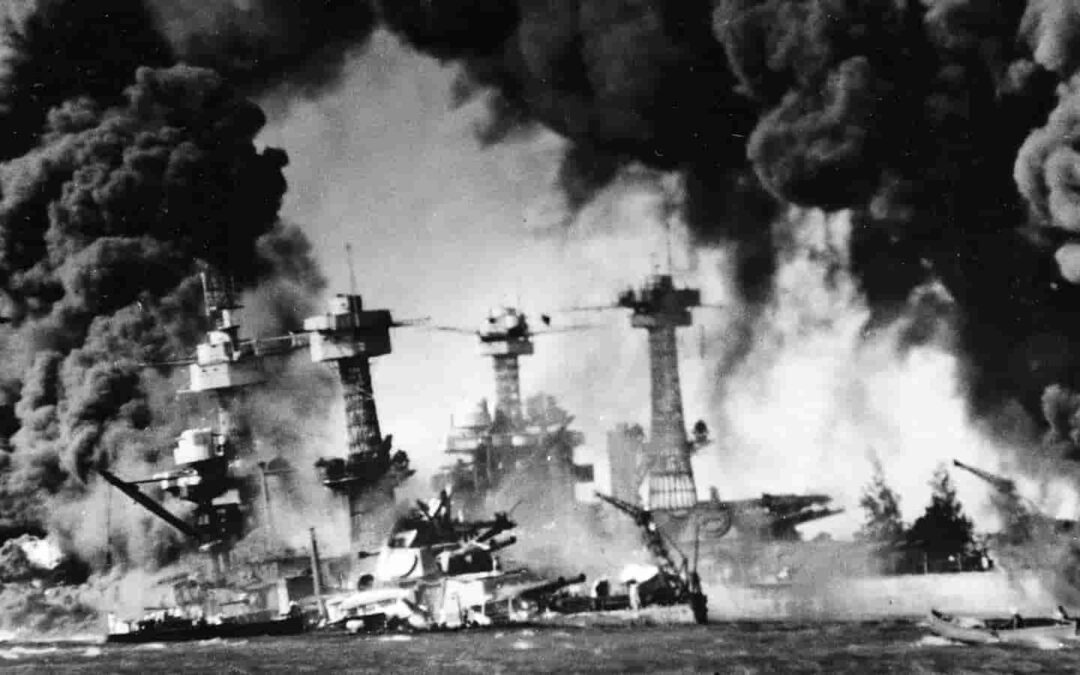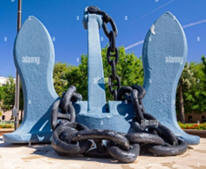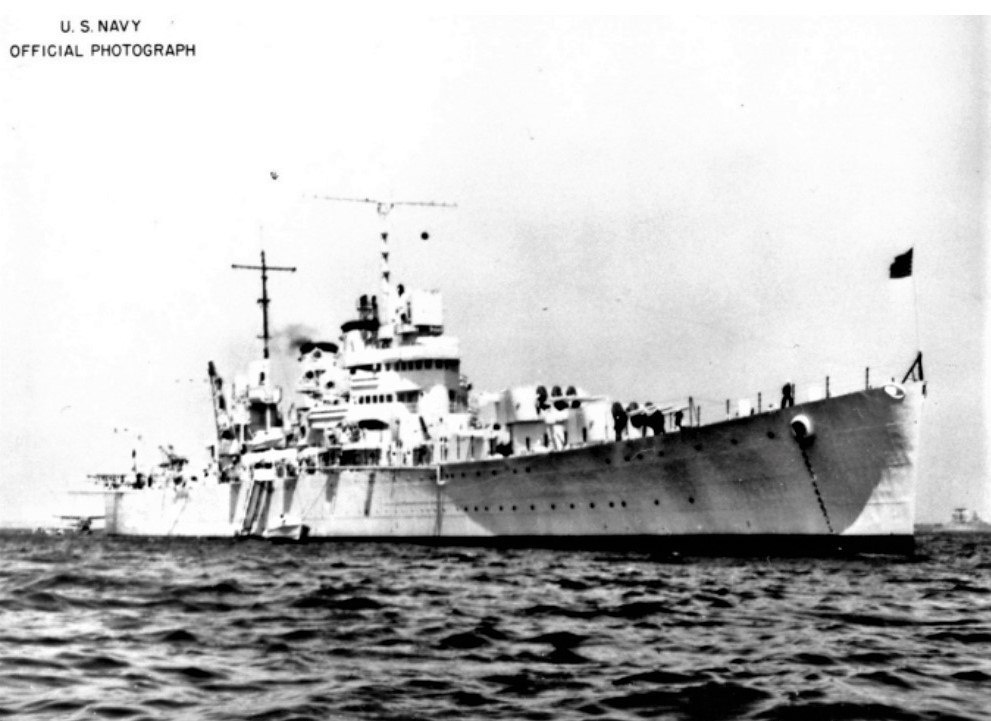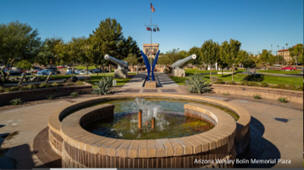ATTACK ON PEARL HARBOR

It was a beautiful Sunday morning on Oahu Island, that was interrupted by planes flying and smoke coming up from the direction of Pearl Harbor. Was it another drill? People on Oahu were used to military maneuvers and mock gunfire. It seems funny that the Army would be having target practice on Sunday morning. That Sunday morning was December 7. 1941. A glimpse of the red disk, the rising sun on the planes of the Japanese Imperial Navy, was enough to tell the whole story -a surprise attack.
The break in the clouds, the Japanese planes saw the island of Oahu come into view. At 7:49 AM the attack signal "To. To, To," standing for "charge" in Japanese. Confident that the American forces were caught unaware, the order to click out the message to indicate that the surprise attack had been made -the famous code words, "Tora, Tora, Tora" ("Tiger, Tiger, Tiger").
How could a large task force that included six aircraft carriers have sneaked as close as 230 miles from Oahu and launched in the first wave attack of 183 aircraft, which dodged radar networks and dealt the U.S. Pacific Fleet such a terrible blow? The Japanese task force took a northern route despite turbulent winter seas. The Japanese flattops maintained strict radio silence. The U.S. patrols were weakest north of Pearl Harbor.
Radar was watchdogging the strategic island to detect any approaching aircraft. About seven o'clock on that decisive morning, two army privates on duty at Opana Mobile Radar Station on the island of Oahu noted unusually large clips on the oscilloscope, represent "probably more than 50 planes", but when they alerted the Information Center took it for a flight of American B-17 bombers that was scheduled to come in from the mainland.
The Japanese government had sent a 14-part message to its envoys in Washington, D. C. to deliver to Cordell Hull, the secretary of state, at exactly; 1:00 P.M. Eastern Standard Time of December 7, 1941. That would have been the morning of December 7 at Pearl Harbor. The message contained the statement that Japan would break off negotiations with the United States over crucial political matters. Having intercepted the message, the U. S. Government became aware of the gravity of the situation. The night before the momentous day, Franklin D. Roosevelt, President of the United States, had received the first 13 parts of the intercepted document. After reading it, he said "This means war".
Although the U. S. officials felt that hostile Japanese action was imminent. They had no knowledge of the time or place at which it would occur. Most felt it would be somewhere in the Far East. The 1:00 P.M. appointment had to be delayed because the Japanese embassy secretaries were slow in typing the message in English. When the Japanese ambassador handed the document to Hull, it was 2:20 P.M. in Washington. At that time, Pearl Harbor was under fire and threatened by the second-wave attacked. The news of the raid had already reached Hull. He didn't even offer the envoys chairs; he read the document and coldly nodded them to the door.
The words "REMEMBER PEARL HARBOR" became the words that stirred up the fightspirit of the American people. To the cry of "Remember Pearl Harbor!" the American public opinion was unified against Japan.
President Franklin D. Roosevelt called December 7 "a date which will live in infamy." On that day at Pearl Harbor, eight U. S. battleships and ten others vessels were with sunk or severely damaged and more than 140 aircraft were destroyed. the USS Arizona was hit by a 1,760-pound bomb. The powerful explosion threw the battleship 15 feet high and then dropped it. In less than 9 minutes, the entire battleship sank along with 1,777 crew members.
The Japanese lost 29 aircraft out of some 360 fighters and bombers attacking in two waves, in addition to five midget submarines .
More than 2,330 American lives were lost and many wounded. Congress and the American people united behind President Roosevelt in the determination to defeat the enemy.

USS Arizona Memorial at Pearl Harbor
|
|
 |
Arizona Wesley Bolin Memorial Plaza Anchor of the USS Arizona
USS Phoenix (CL-46)
During the Pearl Harbor attack, a battleship, the USS
Phoenix
cruiser , was named after Phoenix, Arizona.
Pearl Harbor attack When Japanese aircraft launched their
surprise attack that morning, the USS Phoenix
cruiser
immediately sounded the air
defense alarm. The first wave of Japanese torpedo bombers, primarily
targeting the American battleship, launched a frenzied attack on the
Phoenix
cruiser
and the surrounding destroyers. dive-bomber groups missed their
targets, forcing the Japanese aircraft to shift their focus to attacking
the remaining ships. Finally, around 10:00 a.m., the Phoenix
cruiser
escaped
the Japanese aircraft and reached safety.
During World War II, the
Phoenix earned 11 battle stars and fought through all 11 engagements
without suffering any significant casualties, earning it a legendary
reputation as an "invincible" ship in the Pacific Fleet.

USS Phoenix (Wikimedia Commons)
